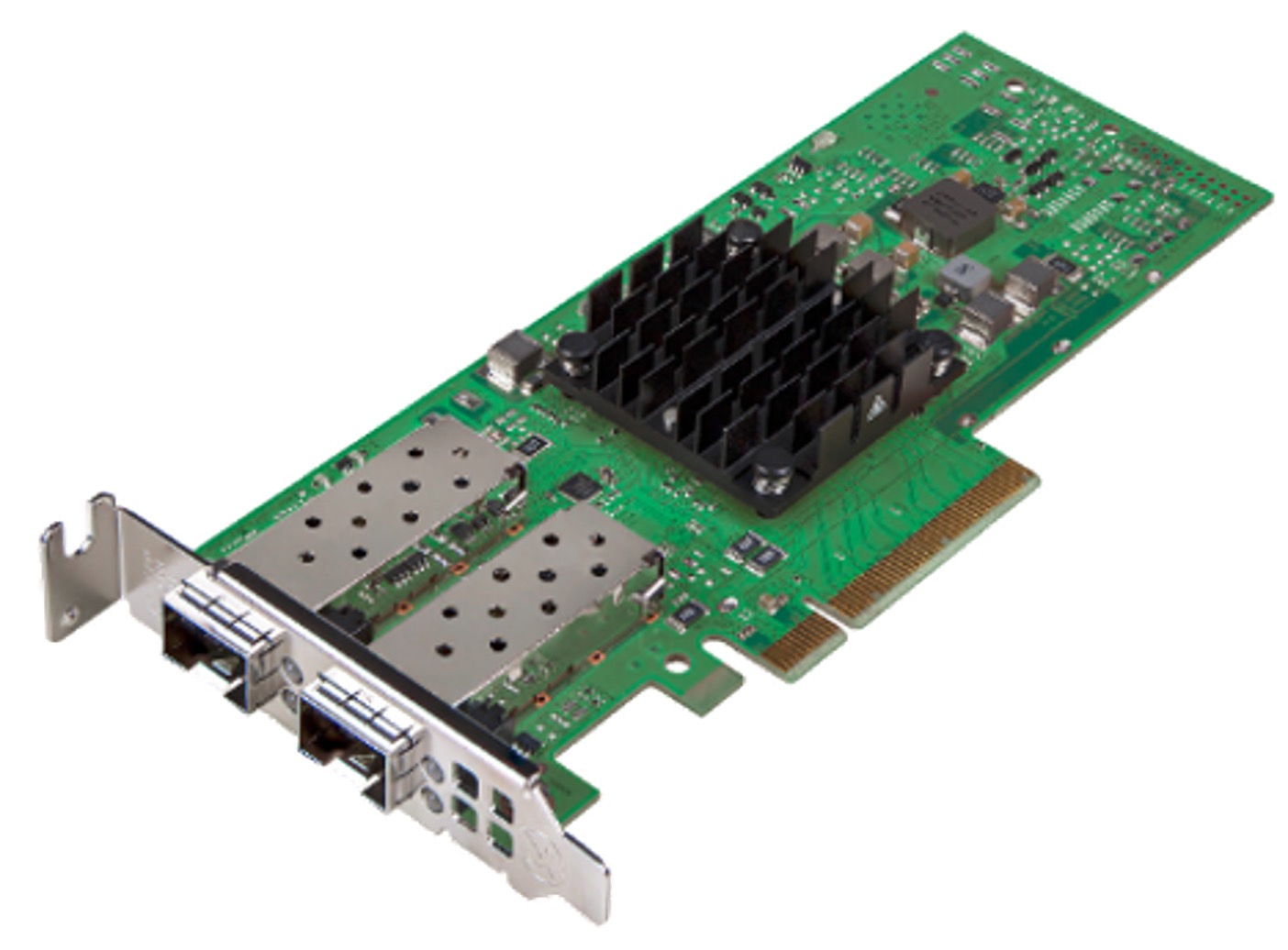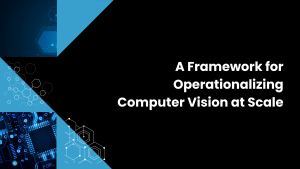Premise
Wikibon’s premise is that the combination of Exadata Cloud Service X8M, the combination of Oracle Exadata X8M and Oracle Cloud Infrastructure (OCI), is the first offering in the industry to achieve True Cloud Database status.
Wikibon defines a True cloud Database Service as follows. It should:
- match the infrastructure technology with the database application performance requirements;
- scale horizontally and vertically to match the business requirements seamlessly;
- automatically provide the levels (SLAs) of availability, speed-of-recovery, and data-loss in recovery required by the business;
- scale up and down rapidly and with no operational impact to changing demand;
- allow users to pay only for the compute and storage used;
- provide automation of all standard operating processes and database options.
Synchronous Automation
OLTP Systems of Record are Growing more Synchronous & Complex
Making business processes more synchronous is one of the most effective ways to improve productivity and reduce business cycle time. Synchronous automation reduces the subsequent asynchronous loose ends that require staff and time to complete and reconcile later. A high-performance infrastructure is the starting point for synchronous automation. This infrastructure enables more data, different types of data, and more extensive and more complicated databases.
Analytic Systems are Growing Bigger, and Answers are Needed Faster
One way to help systems become more synchronous is to integrate systems of record with real-time analytics and AI inference systems. Enterprises can increase the value of data by processing it in real-time, where the data originates.
Data-driven Businesses are Combining Both in Real-time
Data-driven enterprises will accelerate productivity from synchronous automation by marrying OLTP and other real-time analytic/AI database systems.
Matching Exadata Cloud Service X8M Technology to Database Requirements
Exadata X8M Processor Performance & Efficiency
Oracle Exadata Cloud Service X8M separates storage from compute and provides elastic high-performance storage nodes and compute nodes. This disaggregation is the most flexible high-performance offering from a cloud provider. The smart storage nodes process queries offloaded from compute nodes and columnarize data for fast analytics to speed up finding and transferring data. Also, Exadata allows fully active remote DB copy and disaster protection with Active Data Guard, which allows SQL reads and a moderate number of writes and monitors, and automatically restores good data in case of data corruption.
Exadata X8M Network Efficiency
Exadata has always had a fast system network within the rack using InfiniBand with the RDMA protocol. With X8M, Oracle now uses RoCE (RDMA over Converged Ethernet), which provides faster Ethernet networks (100 Gbit and 200 Gbit) at a lower cost than InfiniBand. 400 Gbit bandwidth will soon be available.
Figure 1 shows the Mellanox ConnectX RoCE card used in the Exadata X8M. Oracle Cloud Service X8M now has Ethernet switches in the Exadata X8M racks, which allows the storage servers to connect to database servers both within a rack and between racks. This sophisticated network ensures zero packet loss, prioritizes critical database messages, and provides a direct IO path using RDMA. This network underpins the low (20µseconds) latency IO and high-bandwidth, which is unique among cloud providers.

Source: Mellanox 2020
This RoCE network architecture combined with Persistent Memory is the basis for Exadata Cloud Service X8M’s ability to scale to 1,600 cores for consolidated workloads. There is also a maximum of 3,072 storage cores, 44,480 GB of memory, 96 TB of Persistent Storage (PMEM), and 1.6 Petabytes of Flash. This scale is unique in database cloud services. Wikibon analysis indicates that the approximate total SQL throughput is 48M SQL read IOPS and 30M SQL write IOPS. This scale allows developers to deploy much larger Oracle databases (as large as 25PB with good HCC compression) than is possible with other cloud providers.
It is also the basis for fine-grained OCPU scaling, which provides the ability to scale up and down without interrupting database operations with 1-second billing in 1-minute minimum increments.
The RoCE network architecture is the foundation of database automated management, Autonomous RAC clusters, and high availability capabilities such as Autonomous Data Guard.
Exadata X8M IO Latency
Operational databases are usually stateful. Fast locking and logging dramatically improve throughput and performance consistency to stateful and complex databases. The Exadata X8M has the lowest latency IO for cloud providers at about 20µsecs, as shown in Figure 2.

Source: © Wikibon 2020
The database server software uses RDMA to talk directly over a RoCE (RDMA over Converged Ethernet) 100 Gbit link to a 1.5 Terabyte non-volatile Persistent Memory Module DIMM slot in the storage server. The storage server can be in the same Exadata rack or an adjacent east-west rack. This architecture increases the IO speed ten times compared to the previous Exadata, and IO throughput is 2.5 times better. This IO latency is much faster than other public cloud-native IO performance storage (e.g., AWS RDS).
The PMEM is used extensively for writing redo logs and caching hot data. This architecture is the basis for the excellent vertical and horizontal scaling of the Exadata Cloud Service X8M and the ability to provide massive 25 petabyte data warehouses. The elasticity, scalability, and automated patching of Exadata Cloud Service X8M are unrivaled in the industry today.
Exadata X8M Database License Costs
The Oracle Database is high-value and high-cost software. The cost of the software is greater than the cost of the infrastructure.
The minimum number of licenses required per database server for the Exadata Cloud Service X8M has been reduced from seven for an on-premises Exadata to two licenses (4 OCPU). As previously mentioned, Exadata Cloud Service X8M scales up and down without interrupting database operations with 1-second billing in 1-minute minimum increments.
The traditional way of providing hardware and Oracle Database licenses is to set the level to accommodate peak performance requirements. This new approach significantly lowers capital costs and reduces overall costs.
Also, Exadata Cloud Service X8M offloads processing to the storage servers, not requiring Oracle Database licenses. The offload architecture enables workloads to be completed faster with significantly lower cores. This again reduces the cost of running Oracle Database workloads.
Wikibon has reviewed early examples from Oracle of migration from AWS and other cloud services to Exadata Cloud Service X8M. These migrations have reduced the overall cost by factors of four or more. Wikibon has not yet reviewed these claims with the enterprise staff.
Wikibon’s current conclusion is that the cost of running workloads on Oracle Exadata Cloud Service X8M will be significantly lower than other cloud alternatives and significantly lower than traditional on-premises environments.
Wikibon will be publishing research on the business case for migration to Exadata Cloud Service X8M. Early results indicate the case is robust.
Unified Database Management System (UDBMS)
Introduction
In the Synchronous Automation section above, we discussed the importance to data-driven businesses of integrating OLTP and other real-time analytic/AI database systems in real-time. These data-driven enterprises will accelerate productivity from synchronous automation. This section discusses how enterprises can practically implement this capability.
Connecting Databases
Databases types have increased in the last decade to include many different data types and different data relationships. Previous Wikibon research has looked at separate JSON Document databases such as MongoDB and AWS DocumentDB and compared this with Oracle’s Autonomous JSON. Wikibon concludes that the JSON integrated approach saves money and offers a stronger long-term architectural approach than the AWS approach.
Oracle’s strategy is to satisfy the need for non-SQL databases as a service on-premises and in the cloud with a Unified Database Management System (UDBMS) approach. In addition to Document Databases, Oracle has integrated Blockchain, Column-orientated Analytics, Graph, In-memory, Key-value, ML, Spatial, Streaming Data, and Time Series databases into the Oracle Database.
An alternative approach is for users to select the best individual specialized databases to fit their needs. Using AWS, they can use the strong AWS PaaS layer to develop a connection layer between the different databases and data types. Also, there are many different flavors of each type of database available in cloud marketplaces.
The philosophical and theoretical implications of the two approaches are profound.
- The Oracle approach puts the responsibility for common management, virtualization, clustering, sharding, replication, in-memory, and security capabilities with the database vendor. There is a single consistent API to provide operations, security, backup, integration, and disaster recovery services. The vendor responsibilities include testing for integrity, performance, recovery, improvement, and operational automation.
- The AWS approach puts the responsibility for integrating with the enterprise IT development team. For example, AWS offers advice on how PaaS services can address the Oracle high-availability options such as Data Guard, RAC, and GoldenGate. However, the enterprise is now responsible for developing, testing, documenting, maintaining, and updating highly technical programming. Besides, each of the PaaS services used to connect data and databases is a cost to the IT budget and adds significant latency to the connection processes.
Wikibon believes that the database vendor should develop, test, and improve the basic integration and development of cloud database services. Enterprise IT should not take responsibility for this type of development unless there is a clear and sustainable business advantage in IT developing, maintaining, and updating the database integration layer.
A Case Study
A specific case study is instructive to understand the implications of this philosophy difference. The Pentagon is a heavy user of Oracle Database and applications. In the JEDI bid and in general, the AWS philosophy is that every database should be converted to an AWS database, such as AWS Aurora, for OLTP and Redshift for analytics. In the JEDI AWS bid, the Pentagon is responsible for converting and developing, and maintaining any database high-availability extensions and integrations in the AWS PaaS layer.
In the second-time-around winning JEDI bid, Microsoft teamed with Oracle to provide an integrated Oracle service between Azure and Oracle Exadata Cloud Service XLM. This approach keeps the database vendor as the responsible party for any integration between database types. It makes Microsoft and Oracle jointly responsible for integrating Azure PaaS services with the Oracle Database.
This multi-cloud approach avoids a huge multi-year conversion and development project and significantly impacts the overall business case. This was not the only reason Microsoft won the Pentagon JEDI contract, but it was certainly an important element.
UDBMS Conclusions
Wikibon concludes that a UDBMS approach is much stronger if all the components share the same management, virtualization, clustering, sharding, replication, in-memory, and security capabilities. Another UDBMS pre-requisite is an identical cloud-native implementation of the platform on-premises and in the cloud. Oracle meets this requirement by offering a choice of deployment types for Exadata Cloud Service X8M. Enterprises can run the service in their data center on Exadata Cloud@Customer, Dedicated Region Cloud@Customer, or the Oracle Cloud Infrastructure.
Understandably as the IaaS market leader, AWS has not embraced multi-cloud. However, AWS is a strong believer in developing what the customer needs. Wikibon expects AWS to invest in a multi-year project to develop, maintain, and update the architectural and integration PaaS glue between its wide variety of databases. Also, Wikibon expects AWS will also develop multi-cloud database approaches similar to the Microsoft/Oracle database approach.
Exadata X8M Observations
Oracle has designed Exadata Cloud Service X8M to provide balanced performance in processing, IO, and network. Oracle has integrated the Oracle Database to run optimally on Exadata with co-engineering at the source code level. Wikibon assesses that Exadata Cloud Service X8M is currently the best-of-breed combination of enterprise database and infrastructure, both on-premises and in the Cloud.
Wikibon’s technical concern is that Oracle only deploys Intel x86 servers in Exadata. This restriction may preclude other future processor technologies and architectures. Intel has tightly integrated the Persistent Memory Module (PMEM) and Intel storage processors, which means alternative processors are not possible now.
The Intel x86 Cascade Lake with PCIe Gen3 used in the Exadata X8M is manufactured on a 10nm fab, whereas AMD is shipping x86 on 7nm fabs with PCIe Gen 4. 7nm processors are denser than 10 nm, use less power, and can run applications faster.
AWS’s Arm-based Graviton2 processor is also manufactured on a 7nm fab. AWS has measured ~40% higher performance in AWS database benchmarks running a Graviton2 instance compared with AWS x86 instances. Arm (acquired by NVIDIA) has a significant lead over x86 in heterogeneous architectures combining traditional processors, GPUs, NPUs, & ISPs. These heterogeneous architectures are the basis for high-performance inference AI, which runs one or two orders of magnitude faster than on traditional x86.
Wikibon believes that Oracle will integrate Arm processors soon in OCI and is encouraged by an agreement between Oracle and Ampere. The Ampere Arm-based server processor’s ability to deliver up to 160 cores with 7nm manufacturing will increase CPU performance and performance density and decrease costs significantly. Oracle will also need to include the technologies in Exadata, especially for AI inference. As Oracle owns the database software and hardware design, they can ensure a seamless integration for the enterprise database software community.
Overall Exadata X8M Conclusions
Wikibon concludes that re-architecting business processes to be more synchronous is one of the most effective ways to improve productivity and reduce business cycle time. As a result, OLTP systems of record will grow more synchronous and complex. Analytic Systems will grow bigger and provide results in real-time.
Data-driven businesses will combine systems of record with real-time analytics and AI and drive productivity from synchronous automation.
The Exadata Cloud Service X8M has the database technical requirements to meet these challenges, including combining row and column access, integrating SQL & NoSQL databases, and support ultra-low latency & high-bandwidth IO. The Oracle Exadata Cloud Service X8M has been upgraded to provide best-in-class IO latency (~20µseconds), a hefty data warehouse (25 PB), together with excellent vertical and horizontal scaling and fine-grained pay-per-use.
Wikibon concludes that the combination of Exadata X8M and Oracle Cloud Infrastructure (OCI) is the first offering in the industry to achieve True Cloud Database status, as defined in the Premise above.
Action Item
Oracle has provided a global cloud network of 27 datacenters that deliver enterprise Exadata Cloud Service X8M to run Oracle OLTP and Data Warehouse applications. Wikibon believes, based on research to be published shortly, that the Oracle Exadata Cloud Service X8M offers the lowest cost option of moving to the cloud to enterprises with significant investments in Oracle Databases. The large-scale performance and availability of the Oracle Database are better than AWS or Google OLTP databases. The integration level with other databases and data types offered with the universal Oracle Database provides a faster path to synchronous automation. CXOs should avoid any attempt to convert complex mission-critical Oracle Tier-1 database applications like the plague.
Wikibon recommends that enterprises looking for the highest Oracle Database performance levels adopt the Exadata Cloud Service X8M, in Oracle Cloud Infrastructure, as a Dedicated Region, or as an Exadata Cloud@Customer deployment.


